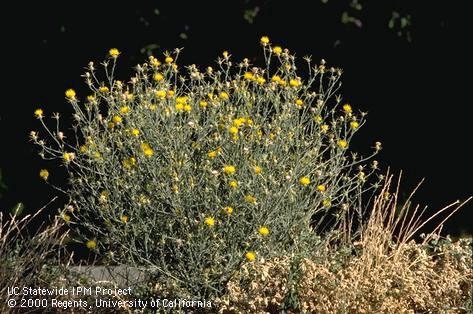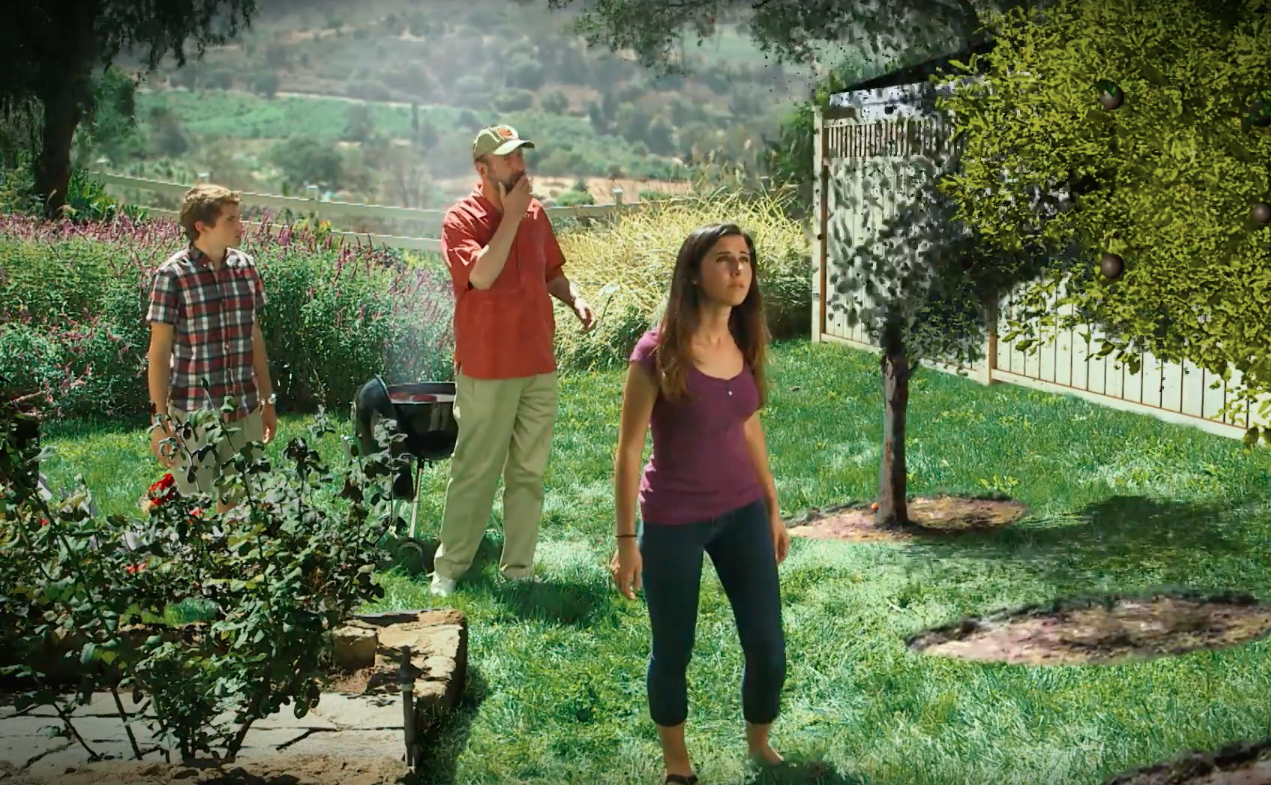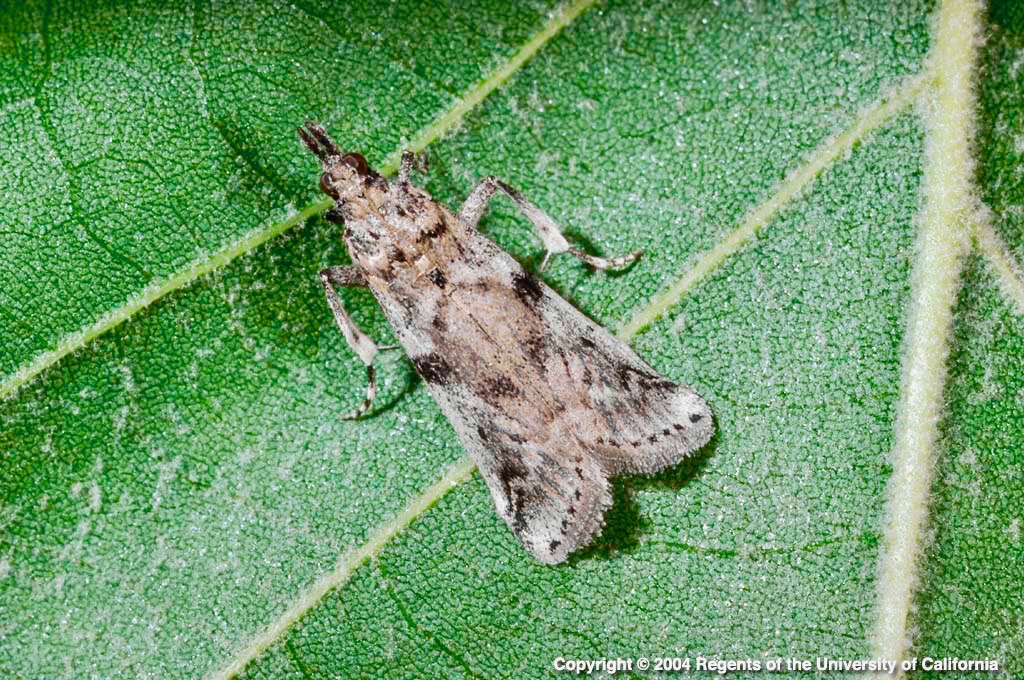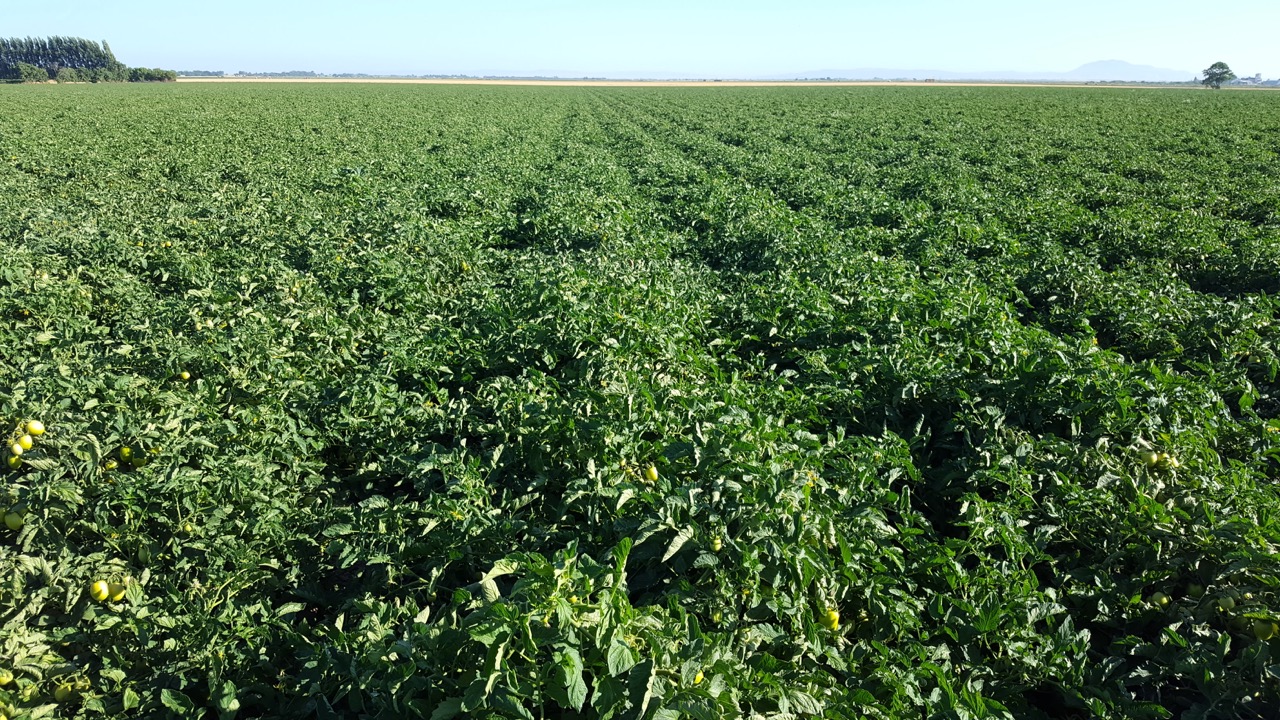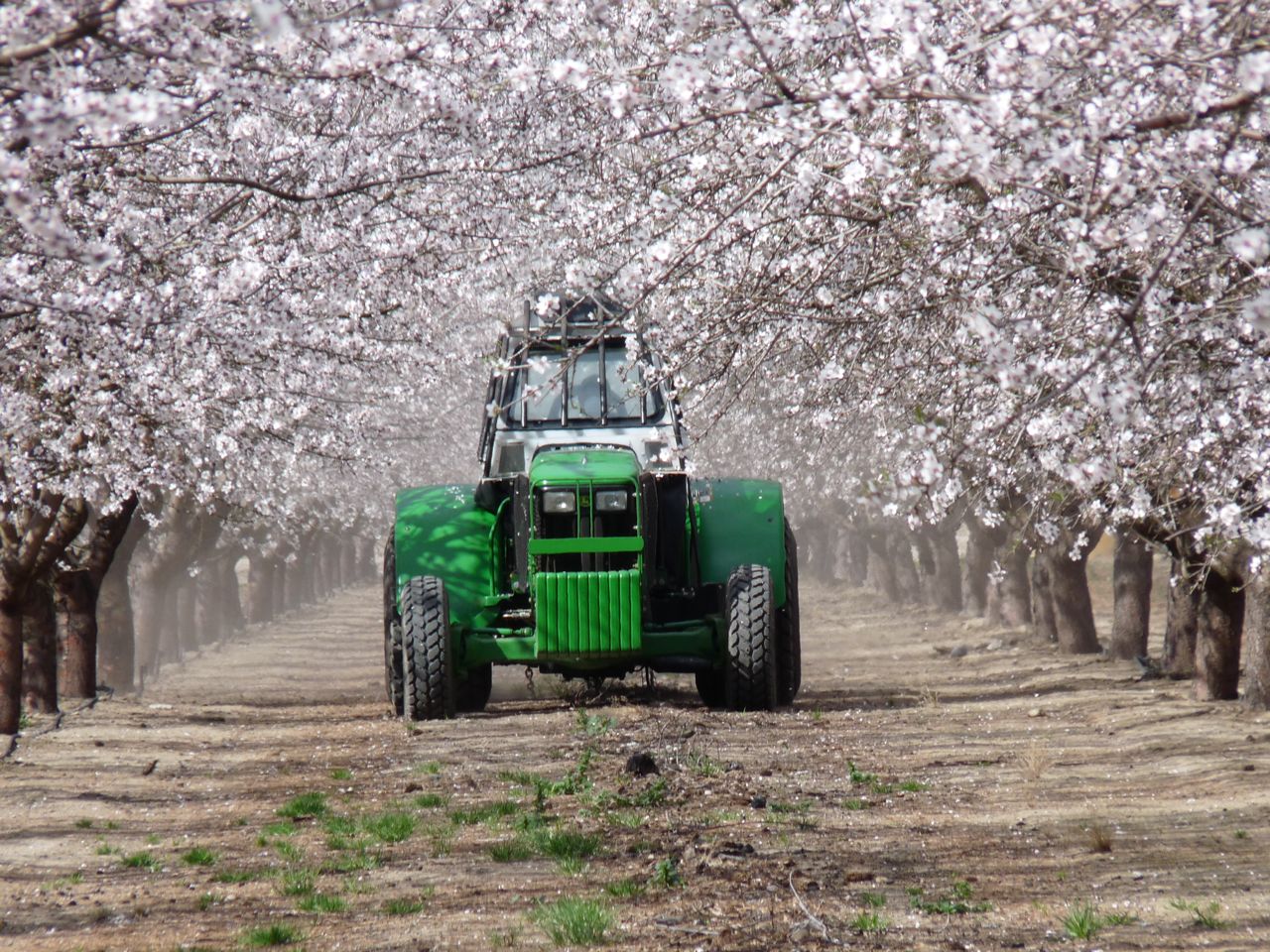Pests and Diseases
Summer Annual Weeds Need Control Now
Avoid Allowing Summer Annual Weeds Going to Seed
By Chris McDonald UCANR Inland and Desert Natural Resources Advisor, San Bernardino County
As the summer heat is finally nearing its end, and its officially fall on the calendar, there unfortunately is a new crop of weeds flowering right now. Some of our summer annuls have started to go to seed, others are just about ready, and others are already starting to senesce. In order to manage these weeds, managers must stop the plants from reproducing. With our summer annuals that means stopping the plants from producing seeds, right about now, (or maybe three weeks ago).
However, treating a giant tumbleweed right now isn’t really my favorite activity. I’d rather spend my time treating small tumbleweeds and working more effectively and also using less labor and/or herbicides to do it in the process. (Well I’d rather not have any tumbleweed in the first place.)
If treating the weeds when they are small is more efficient and uses less pesticides, when can we treat them at the smallest? To answer this, we need to know when our summer annuals germinate. When do our summer annuals germinate? There are several different germination periods for ‘summer’ annuals. Some of our summer annuals actually germinate in the winter to early spring from January to March, others germinate in the spring from March through May.
Weeds like yellow star thistle and stinkwort germinate in the winter from January to March. Tumbleweed and goat’s head germinate in the spring (March to May). Despite their different starting times, they will all grow during the late spring and summer as small plants hiding under a crop of larger weeds or in open areas, until they get large enough in the mid-summer to grow tall and more noticeable than our long dead winter weeds.
Other summer annual weeds, like spurges (such as spotted spurge,Euphorbia maculata, and also some other spurges), can germinate throughout the spring and summer as long as the soil is moist and warm. This summer annual can be much shorter lived than the other summer annuals mentioned above. In the desert, spurges might germinate after a monsoon, in other locations they might germinate in areas that have been irrigated or receive a little extra moisture or where the soil is moist.
The summer annuals on your property might be growing right now because of insufficient weed management in the winter and the spring! Other summer annuals might have germinated with the onset of high temperatures and need to be controlled in the early summer.
This pattern does not hold true for all species and all conditions, especially if irrigation continues throughout the spring and summer, or if there is a late spring storm or if summer monsoons deliver rains early. Sometimes even some of our winter annuals which should have flowered in February to April, germinate late in the season, and flower in June. It’s unusual and it does also happen.
If you can figure out what species of summer annual weed you have, then you may be able to figure out when it germinated and prioritize your weed treatments for that time period, in the winter and spring for some species and in the heat of summer for other species. Hopefully you will save yourself some time instead of letting them all grow into bigger and harder to treat summer annuals.

